The Force That Drives Korea
The force that bisected Korea in 1945 is not recent: It has been pulling it apart for thousands of years. In fact, you can understand all of Korea’s history through this one force, evident in this map:
From this map, you can conclude:
Korea is an appendix at the end of Asia
It’s immediately next to China—across the Yellow Sea from China’s heartland, the North China Plain, and south of the Manchurian Plain.
Only the very narrow Korean Strait separates it from Japan.
Korea is long from north to south and mountainous, with a craggy mountain range to the east and some coastal plains to the west.
What are the direct consequences of that?
Whoever controls East Asia will be well positioned to control the Korean Peninsula—or at least try to.
But it won’t be easy: Korea is long and mountainous, two factors that make it hard to control.
The obvious candidate to attempt to control Korea is China, since it’s very populous and its heartland is so close.
Japan is the other obvious candidate, on the opposite side. But the fact that it’s a smaller country and across a sea makes it much harder for Japan to control Korea.
Since Korea is oriented north-south, so long, and so mountainous, its internal divisions will tend to be north-south, since it’s hard to unify the entire region.
Normally, plains are fertile and have more population that develops agricultural societies, while mountains are more easily defensible and breed roaming pastoral people who tend to descend on the plains people. Therefore, the east and west of Korea will tend to be unstable until one side prevails. Eventually, the capitals of these states will end up in the west, where most of the people and wealth live, to control them better.
The coast is extremely rugged, which is usually great for ports, with lots of protected inlets and deep water access from the coast. Given that, and the proximity to Japan and China, the south and west of Korea would develop trade.
Or in a schematic way:
This is what happened in 1945:
The Eurasian power du jour was the USSR
The seaborne power du jour was the US
They fought for influence in Korea and split it.
Once you look through this lens, it becomes easy to read Korea’s history: It will start as a series of small kingdoms separated by mountains along the length of the peninsula, and the more technology progresses, the more the kingdoms will tend to unite, just as the foreign pressures from north and south increase. Let’s see it.
The Early History of Korea
If you learn three words, you can follow most of Korea’s history.
The first is the particle Go, which is added at the beginning of a word and means “ancient” or ”high”. It was applied after the fact: Imagine that France disappeared and a similar country reappeared 300 years later. It would call itself “France” again to hark back to the legitimacy of the previous kingdom, and would call the old version “Ancient France”, “High France”, or in Korean “Gofrance”.
The second word is Goryeo, which is basically Korea (same sound), spelled differently. We use Korea in Western languages because Westerners discovered the country in medieval times, when it was a kingdom called Goryeo that lasted between ~950 and ~1400,1 ruled by a single family, the Wang Dynasty. Goryeo probably comes from the particle we already know, Go (high, ancient) plus Guri/Guru/Gauri (“castle”, “walled city”, “place”, or “center”), meaning “the high place”.
But that name of Goryeo already existed before! The medieval kingdom took its name from a previous kingdom that existed around the times of the Roman Empire, so that one was renamed with an additional Go particle, and is now called Goguryeo (“ancient high place”).
The third word is Joseon: The Yi dynasty took over Goryeo’s Wang dynasty around 1400, and ruled under that name for ~500 years until ~1900. “Joseon” means “Fresh Dawn” or “New Dynasty”.

Of course, Joseon was also the name of an ancient kingdom, which the Wang dynasty fished back from history to differentiate themselves from Goryeo. The only kingdom that was even more ancient than Goguryeo was Joseon, so they reused that name and rebaptized the old one Gojoseon (“ancient Joseon”, or “ancient new dynasty”).
Below is a broad, stylized timeline of Korea’s history. I tried to portray the northern kingdoms at the top and the southern kingdoms at the bottom.

You can notice a few things:
Korea was split at the beginning of its history—mostly around the north-south axis—until it unified around the year 1000 AD.
It remained broadly unified until the aftermath of WW2, when it split between North and South Korea, again around the north-south axis, and in a way reminiscent of the splits centuries earlier.
It suffered from frequent invasions from the north (red), usually from China (Han, Tang, and Qing dynasties) but also from the Mongols in the 1200s, and more recently, by the Soviet Union in 1945 and Communist China in 1950.
It was subject to naval invasions as Japan became more powerful in the late 1500s, and again in the late 1800s, until it became a Japanese colony between 1910 and 1945. After that, the US became the naval power bolstering the south.
As noted, the names of the two longest periods of unity, Goryeo (900s to ~1400) and Joseon (~1400 to the late 1800s) hark back to their ancient (“Go”) versions of Gojoseon and Goguryeo.
Here’s a very quick video to give you a sense of these things:
Let’s look more closely at each of these periods.
Gojoseon
The oldest proto-state in Korea, Gojoseon, emerged between 2000 BC and 1000 BC in the north—quite close to present-day North Korea—and lasted until ~100 BC.

It’s not a surprise that the northern kingdom emerged in that part of the peninsula around that time: This is when Chinese civilization arose, and it slowly bled into Korea over the following centuries. It’s also why the Jin state, to the south, emerged much later, around 400-200 BC, and was a loose confederation of states rather than a strong centralized state: Chinese civilization took a long time to travel outward from its North China Plain heartland.
When you have a superpower growing in your neighborhood, sooner or later it will invade you. It’s only a matter of it growing strong enough and getting organized, which the Han did, so in 108 BC, they invaded, destroyed Gojoseon, and put Four Commanderies in place to control the region.
Many people escaped from Han control and joined or helped form new kingdoms.
Three Kingdoms
Over time, these small kingdoms coalesced.
The natural heir of Gojoseon was Goguryeo, adding a big chunk of the Manchurian Plain to its north. With so much plain to cultivate, Goguryeo became by far the strongest power, while the south split along the coasts.
Alas, this made Goguryeo an enemy of China, and the two went to war many times. But China was also a potential enemy to Baekje due to its proximity, while the more distant Silla was less of a threat. Silla was therefore able to grow unimpeded.
Then Silla allied with China’s Tang dynasty to eliminate first Baekje, then Goguryeo. They split Goguryeo, but Silla eventually defeated the Chinese Tang and unified a big chunk of the Korean peninsula for the first time in its history. The remnants of Goguryeo became the kingdom of Balhae, which extended farther to the northeast.
Silla enjoyed peace for 200 years, and attempted to integrate refugees from Baekje and Goguryeo, in the first attempt at creation of a national identity. But it failed, and eventually the old kingdoms split again.
This time, Goguryeo prevailed over Silla and Baekje, absorbed refugees from Balhae, and was first to fully unify the entire Korean peninsula, becoming Goryeo—the name from which Korea comes from.
Goryeo
In Goryeo’s ~500 years, nearly all threats to its existence came from the north. First from the Khitan and Jurchen tribes (Manchus), and later from the Mongols, who invaded Korea nine times, repeatedly destroying the kingdom until they subdued it in the mid 1200s, making it a vassal state of Mongol-controlled China for nearly a century. Notice how the borders of Goryeo are very close to those of present-day North+South Korea!

Throughout Goryeo’s history, it remained a tributary to the Chinese rulers. The only difference was the extent of the tributes: light under the Song Dynasty (960-1279), heavy under the Yuan (Mongol) Dynasty (1270-1356).
Joseon
Soon after Mongol control weakened and Goryeo regained independence, its ruling family was toppled by the Joseon, who went on to reign for ~500 years.
The Joseon introduced many of the hallmarks of Korean society today. They brought the capital to Seoul, implemented civil service exams, scientifically created a new alphabet to replace the Chinese one, and shifted the country’s religion from Buddhism to Confucianism—which made the country more patriarchal, with stronger gender norms. To maintain the Confucian purity, it became increasingly hermetic with respect to external influences, leading to its reputation as the Hermit Kingdom.
About one century into the Joseon period, a new threat emerged, this time from the south: Japan! Japan had recently unified—a common milestone across countries at that time. This is no coincidence: Technology and institutions2 were sophisticated enough to allow for big swaths of land to be unified. And since governments that unify countries tend to be militaristic, once they’re done, they’re usually like, “What else can we conquer?” Unfortunately for Korea, the only thing close to Japan is Korea.

During the Imjin Wars, in the late 1500s, Japan invaded nearly all of Korea. But the Japanese were quickly expelled, thanks to the support of local guerrillas and China’s Ming dynasty—who didn’t want to lose their tributary state!
Fun fact: In the Battle of Myeongnyang, 13 Korean ships faced over 100 Japanese ships and won, not losing a single ship, while sinking or crippling over 30 Japanese ones! The 2014 movie depicting it was the highest-grossing movie of all time in Korea.

Joseon, too, was a tributary state to China: Sending light tributes to the Ming Dynasty (until 1644), and heavier tributes to the Manchu Qing Dynasty. This is why the Ming sent support against the Japanese in the late 1500s.
The Modern History of Korea
In the mid-1800s, Western powers, which had been developing at breakneck speed thanks to their Industrial Revolution, paid a visit to East Asia. They forced China, Korea, and Japan to open up to Western influence. Of those, only Japan industrialized quickly, and in a matter of decades starting in the 1900s, it used this newfound power to break the hold of China over Korea, take over Taiwan, fend off Russia, invade Korea, invade China, and then during WW2, take over half of Asia-Pacific.

Japanese Occupation
This is not a happy period of Korean history.3 Tens of thousands of cultural artifacts were taken to Japan, hundreds of historic buildings were demolished, the Korean language was banned, Koreans suffered mass murders…
Japan’s primary objective was to use Korea for its resources. First, rice—which accounted for as much as 10% of Japan’s food consumption. Japan modernized Korea’s farming methods and expanded its output, but still, the share it took from farmers reduced the overall rice consumption in Korea. Many Korean farmers had to sell their land or leave.4
Japan also took over the timber, coal, and iron industries.
The only silver lining I can see is that Japan saw Korea as an important source of goods to fund an invasion of China, so it developed its agriculture, infrastructure and industries. It built railways, ports and roads.5
This boom in industry also created a population explosion.

And the Japanese brought public education, telephones, cars…
With industry came unions, at a time when the world was playing with the ideas of Socialism and Communism. So as Koreans resisted, they started splitting into nationalist and socialist camps—the same as was happening in China, which would later end up in a civil war and the success of Communism in Mainland China.
During WW2, the exploitation of Korean workers ramped up. Over 5 million Koreans were mobilized to support the Japanese war effort. About 450,000 Korean male laborers were involuntarily sent to Japan—some of their descendants still reside there, some ended up trapped in the Soviet Union.
Japan used hundreds of thousands of women—many from Korea—as comfort women: sex slaves.

These women were raped by up to 40 men per day, and their stories are horrendous.6 Japan also had a covert biological and chemical warfare research division during WW2, named Unit 731,7 which conducted brutal experiments on prisoners, including Koreans.
And this is where we reach the story of the 1945 partition, which I shared here.
Takeaways: A Split Korea
Because of its geography, Korea has always been a land that wants to unite: A small, elongated peninsula that naturally belongs together. It’s why today nearly all Koreans are ethnically Korean.
The ancient kingdoms of Gojoseon, Goguryeo, and Silla attempted this unification, but it was Goryeo who succeeded, uniting the peninsula for one thousand years. But the forces surrounding it have always been strong, and have torn it apart. It happened with the Chinese, Mongols, Japanese, Soviets, and the US and the ideas of Capitalist Democracy vs Communist Authoritarianism.
In many ways, I find the South Korean flag extremely fitting for the country.
Officially, the flag has a white background to represent peace and purity, the circle in the flag's center is the Yin and Yang and symbolizes harmony, with the blue half representing negative energy and the red the positive. The four trigrams (the symbols with three rows each) represent the seasons, the cardinal points, family relationships, elements, values…
But I find its unintended symbolism even more interesting. Korea didn’t have a flag until it started negotiating with Japan and the US in the late 1800s. The flag is a direct result of foreign influences.
More importantly, at its heart, the circle (taegeuk) is one unit, like Korea. But it’s split in half, like Korea. The red half at the top and a blue half at the bottom symbolize the two huge influences that Korea has suffered through its history:
The Continental Asians to the north: the Chinese, Mongols, Soviets, and its latest embodiment, the ideology of Communism.
The Seaborne influences to the south: first Japan, and now the US.
Korea is now split, broadly through the middle, following the same line and colors as those of the taegeuk, and representing the unity of Korea and the two forces that pull it apart.
Tellingly, Goryeo also used the names Samhan and Haedong, meaning "East of the Sea". Which sea? The Yellow Sea. Which means Korea would have a name in reference to China (which is west of that same sea), reinforcing the idea of China being a significant reference point in Korean culture and history.
They’re the same thing in my mind: ideas.
Which means I’m sure to offend somebody here, so please accept my apologies beforehand; there’s no desire to hurt anyone.
When I don’t cite a source, the data will come from Korean History in Maps.
Although workers were subjected to extremely poor conditions, and a lot of this infrastructure was destroyed during the 1950–1953 Korean War.
You can read a few here. They are truly horrible. Comfort women were often recruited from rural villages with the promise of factory employment, or jobs as nurses or secretaries. There is evidence that the Japanese government intentionally destroyed official records regarding comfort women. Comfort women stations were created after Japan’s invasion of China and the mass rape and killings that the Japanese soldiers performed on the Chinese. Why these comfort women? Winning soldiers tend to rape their way into the civilian population. Japanese soldiers did that in Nanjing, China, with very bad results. Japanese authorities decided to create these Comfort Women stations to prevent a worsening of anti-Japanese sentiment, reduce venereal diseases among Japanese troops, prevent leakage of military secrets by civilians who were in contact with Japanese officers, and minimize medical expenses for treating venereal diseases that the soldiers acquired from frequent and widespread rape (which hindered Japan's military capacity). Comfort women stations were so prevalent that the Imperial Army offered accountancy classes on how to manage comfort stations, which included how to determine the actuarial "durability or perishability of the women procured”.
This is also quite horrible.



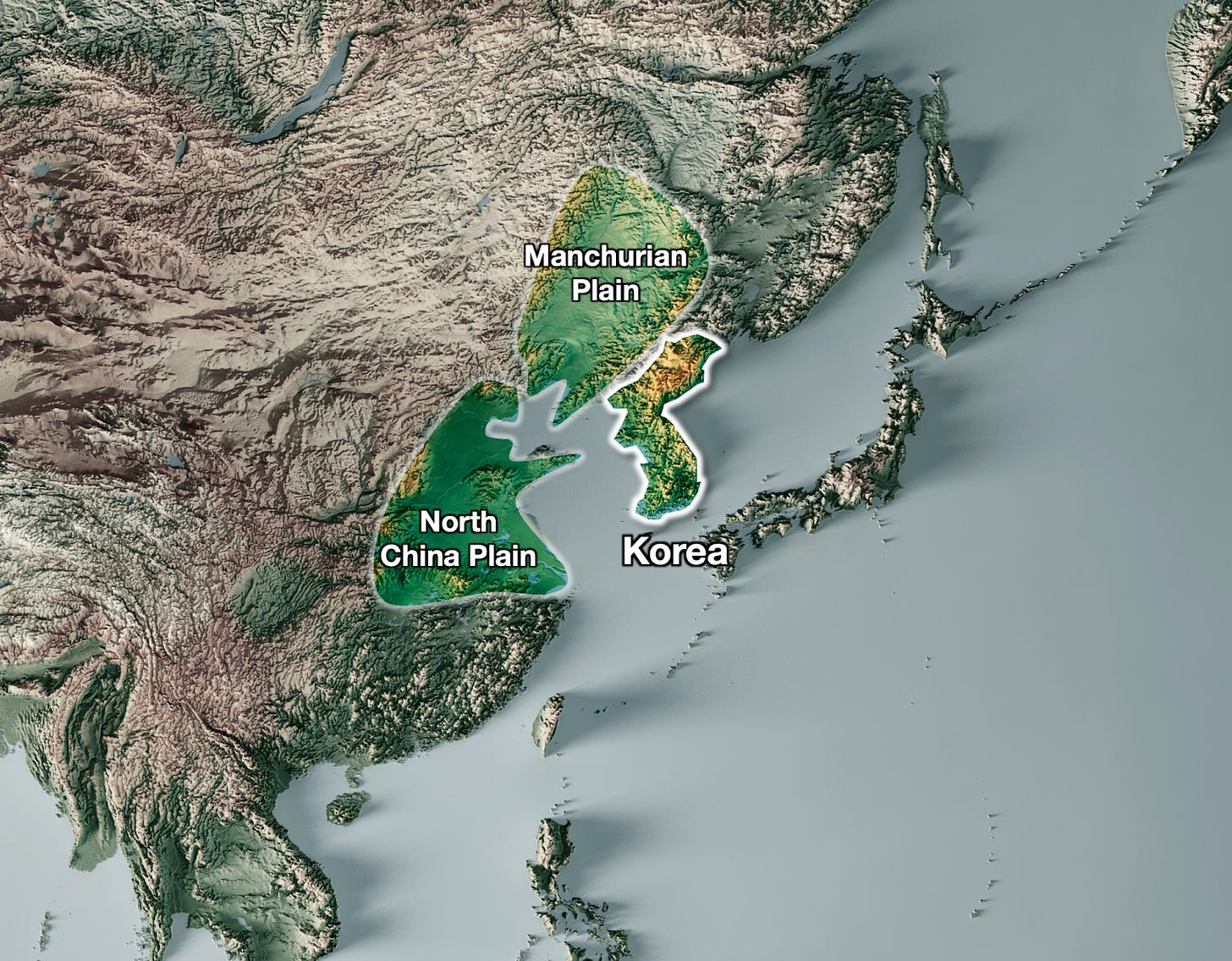


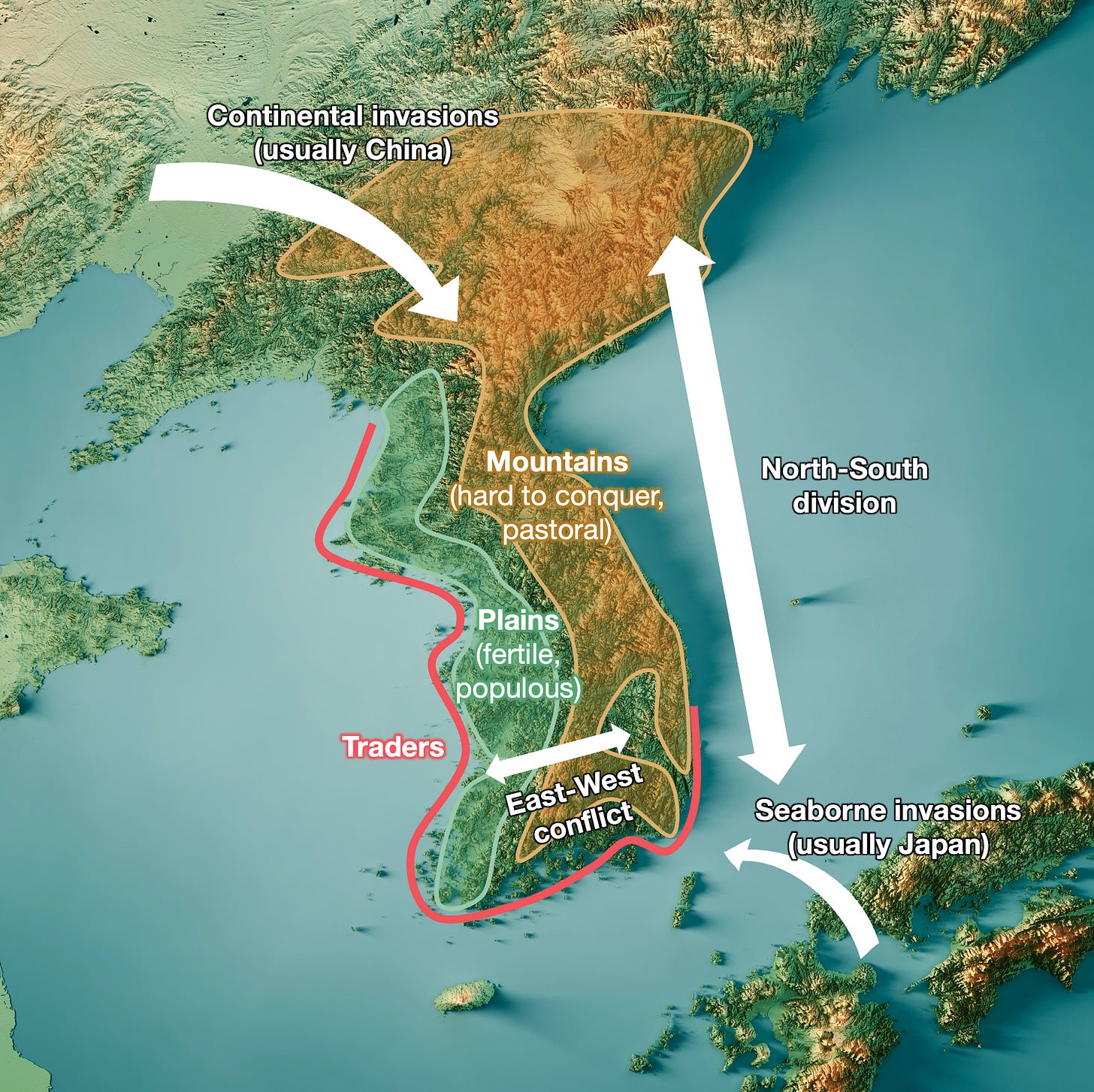













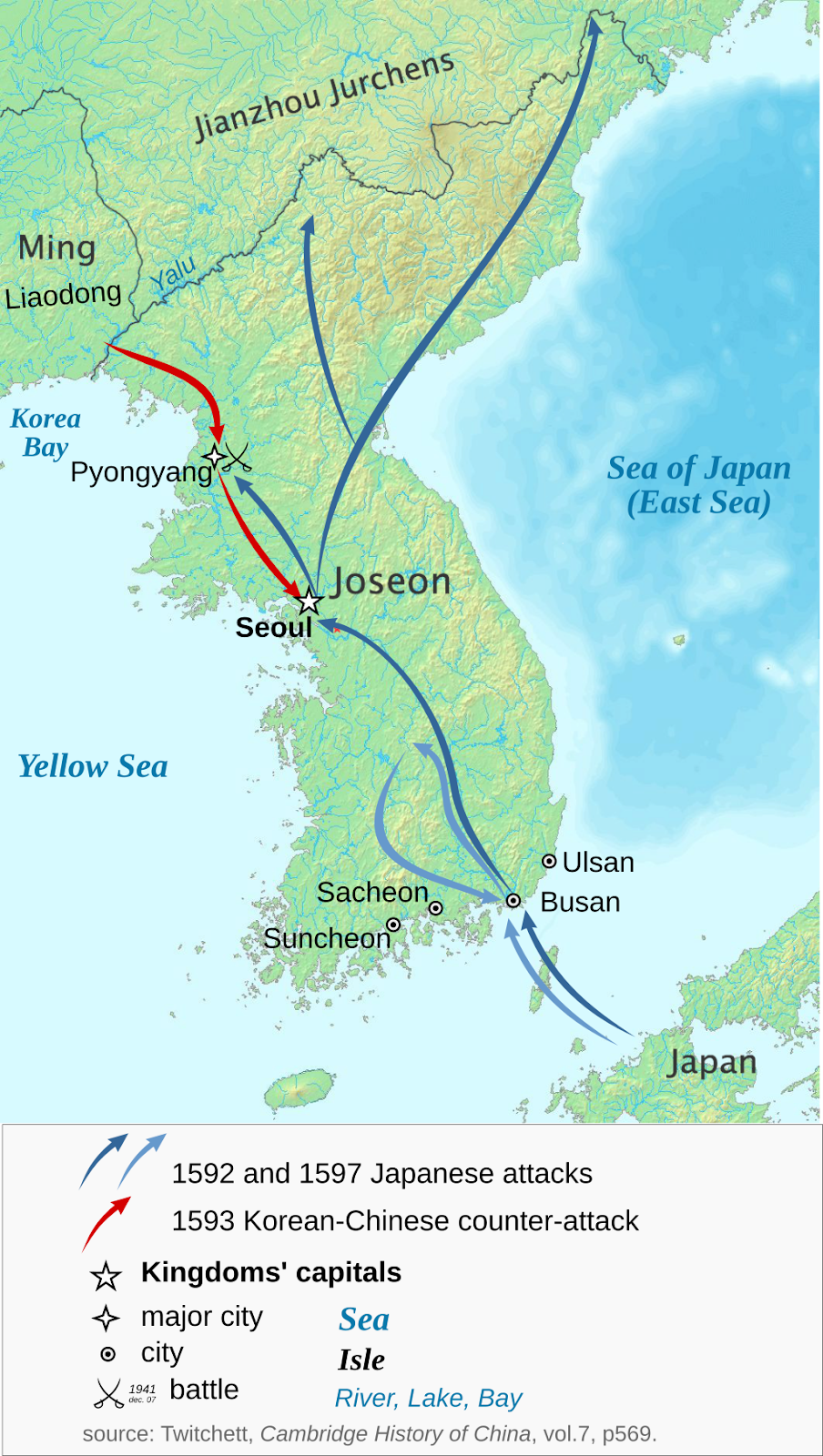
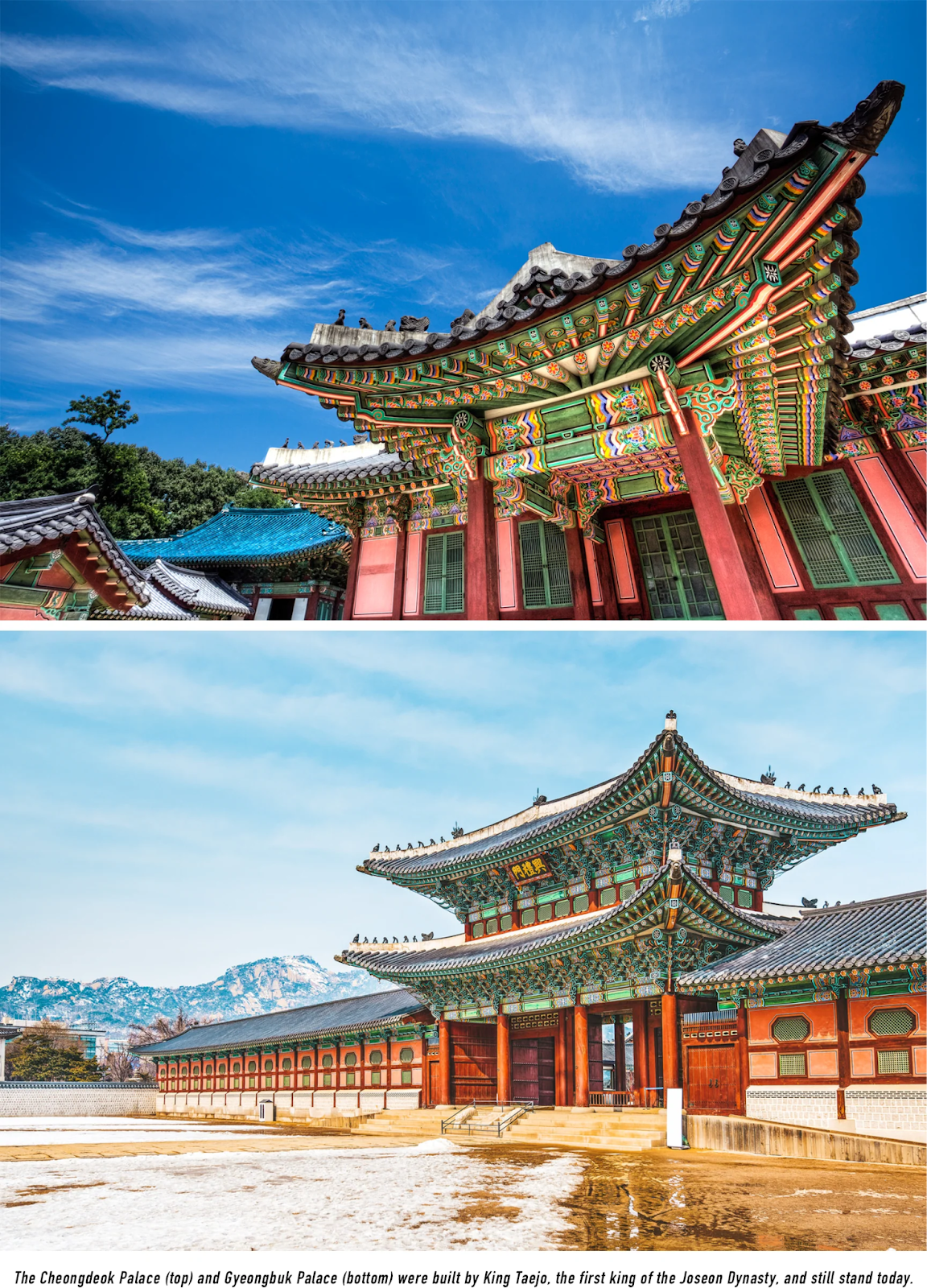

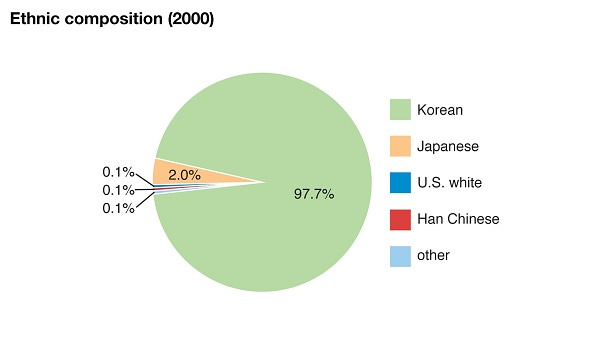
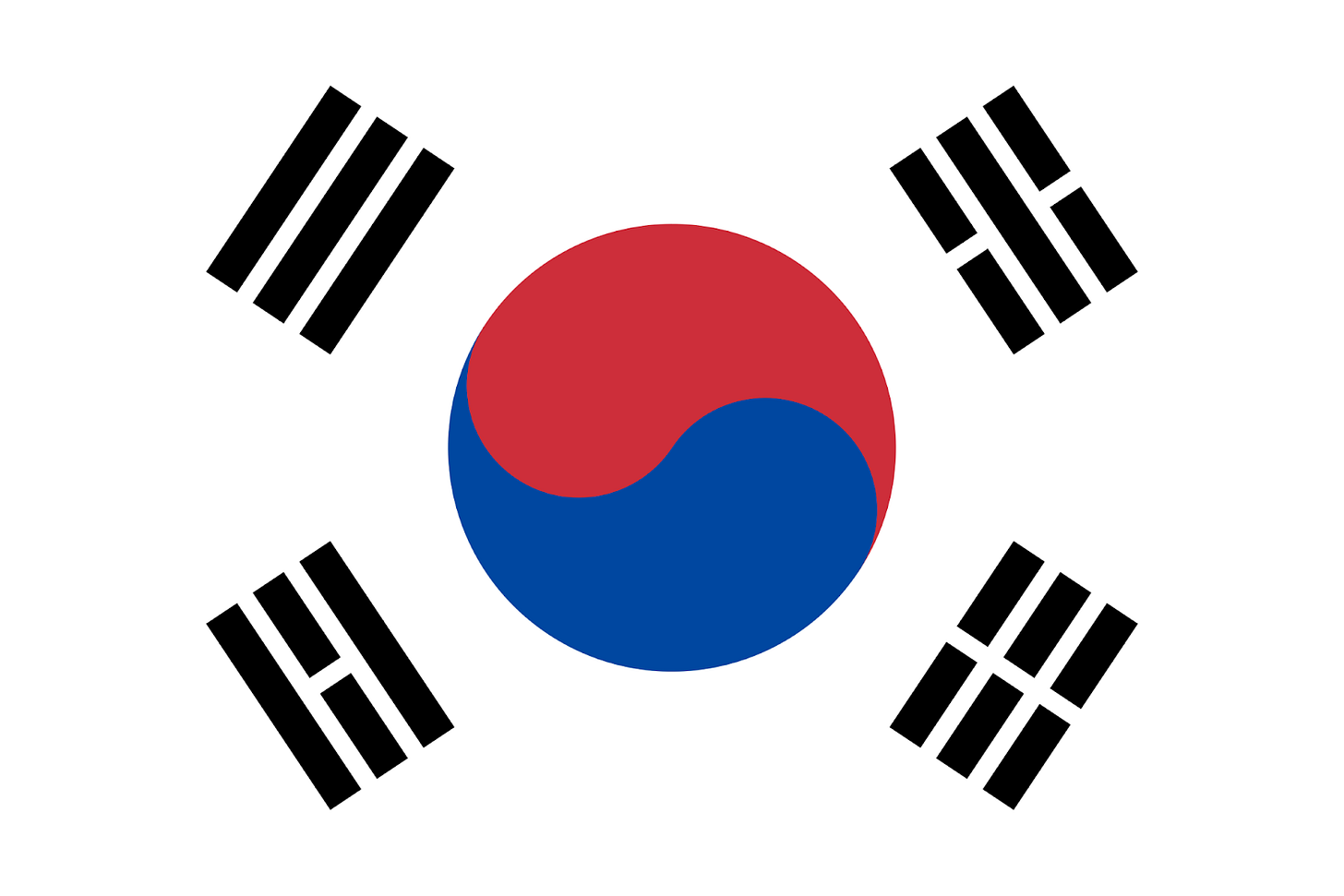
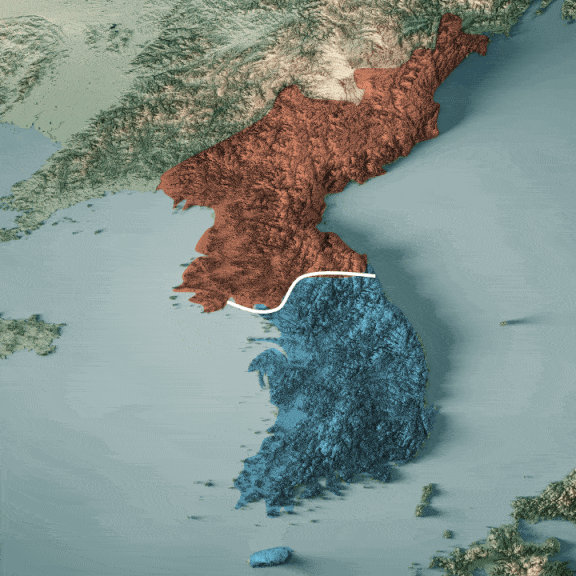
During the Battle of Myeongnyang in 1597, Admiral Yi Sun-sin did not have any turtle ships (Geobukseon) at his disposal. Although he had successfully utilized turtle ships in earlier battles during the Imjin War, the devastating defeat at the Battle of Chilcheollyang earlier that year resulted in the loss of most of the Joseon navy's fleet. (Admirl Yi was imprisoned at that time.) Consequently, there was insufficient time and resources to rebuild the turtle ships before the Battle of Myeongnyang. Despite commanding a significantly smaller fleet of only 13 ships against a much larger Japanese armada, Admiral Yi achieved a remarkable victory using strategic positioning and the challenging currents of the Myeongnyang Strait to his advantage.
You pass over the development of the Korean script in a sentence. Perhaps you could revisit that. My understanding is that Kanji is the only phonetic representation of a tonal language. It was thought at one time to be original, but some claim it's a brilliant adaptation of a North Asian phonetic script. Kanji, as well as the development of the first armored ships. testify to Korean ingenuity.